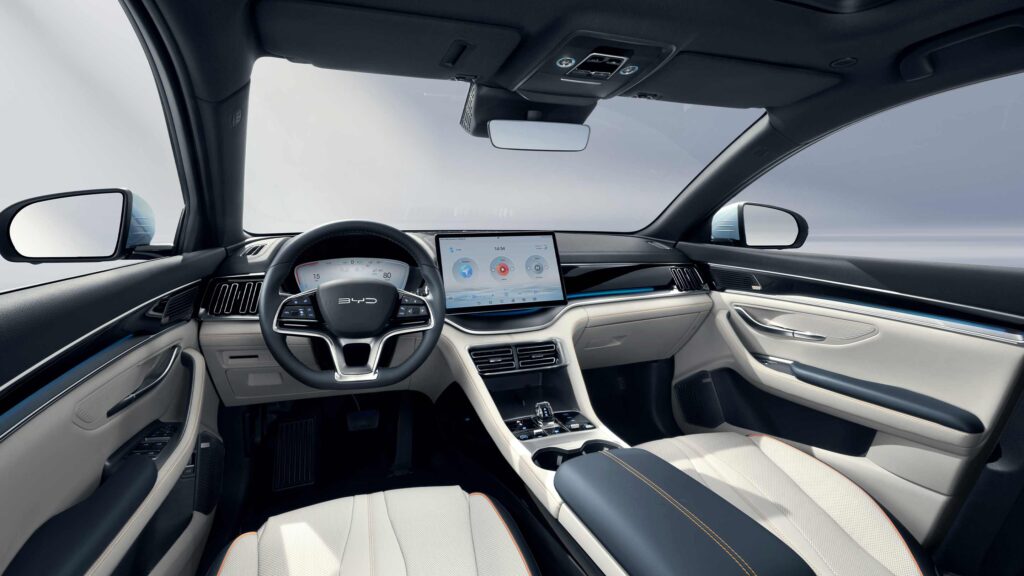Chinese electric car imports to the United States fell at a year-on-year rate of 43.9% from January to July 2024, to $81 million.
China ranks ninth among the top sources of foreign purchases of electric vehicles, a ranking led by Mexico.
On May 14, 2024, the Biden administration announced the extension of tariffs under U.S. Section 301 on imports of several products, including Chinese electric cars.
For these vehicles the rate increase is from 25% to 100% to go into effect effective sometime in 2024.
U.S. electric vehicle market
The trend in U.S. imports of electric vehicles from China, in millions of dollars, is shown below:
- 2019: 6.
- 2020: 93.
- 2021: 193.
- 2022: 330.
- 2023: 368.
- January-July 2023: 145.
- January-July 2024: 81.
Chinese electric car imports
Instead of an internal combustion engine, these vehicles employ electric motors (one or more) with energy stored in rechargeable batteries.
In the first seven months of 2024, U.S. imports of electric cars from around the world increased 30.1%, to $13.8 billion.
These countries were the top suppliers of electric cars to the United States during that same period, in millions of dollars:
- Mexico: 3,900.
- Germany: 3,600.
- South Korea: 3,300.
- Japan: 1,900.
International competition
In 2023, the United States ranked as the largest importer of automobiles, with 210 billion dollars.
This value grew at a year-on-year rate of 25% and reached a record high.
Historically, the U.S. government has prioritized the development of the local automotive industry, granting incentives to production and consumption at different periods and establishing tariffs and other trade measures to address foreign competition and unfair practices.
The United States and China are engaged in a trade and technology war. In this regard, China has emerged as a strong competitor of the United States in several industries, including the production of solar panels, lithium-ion batteries, semiconductors and electronics.

